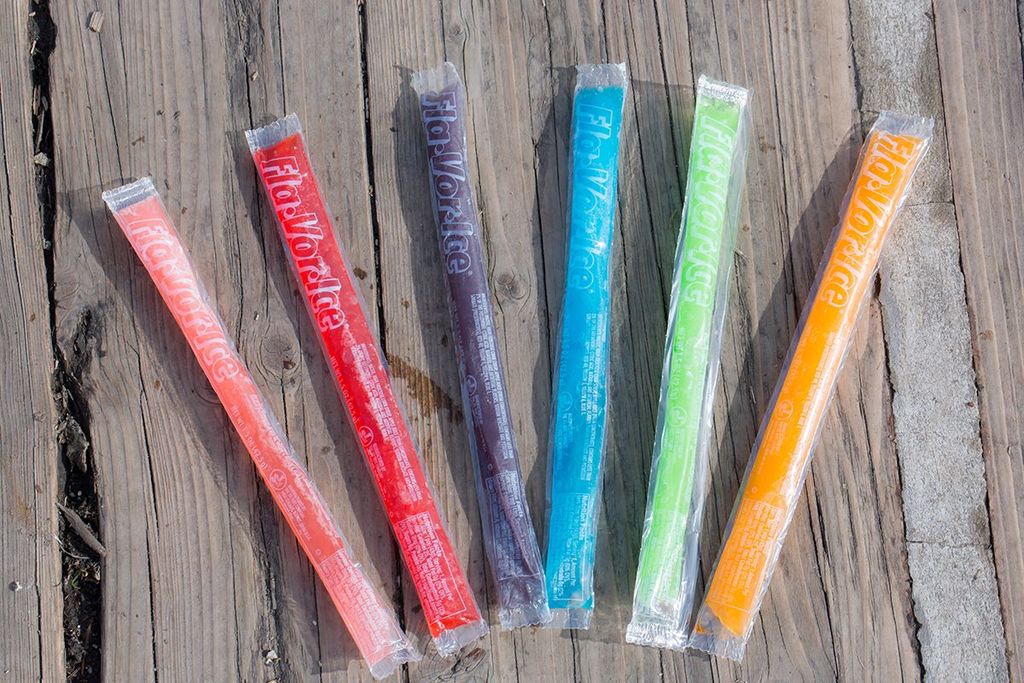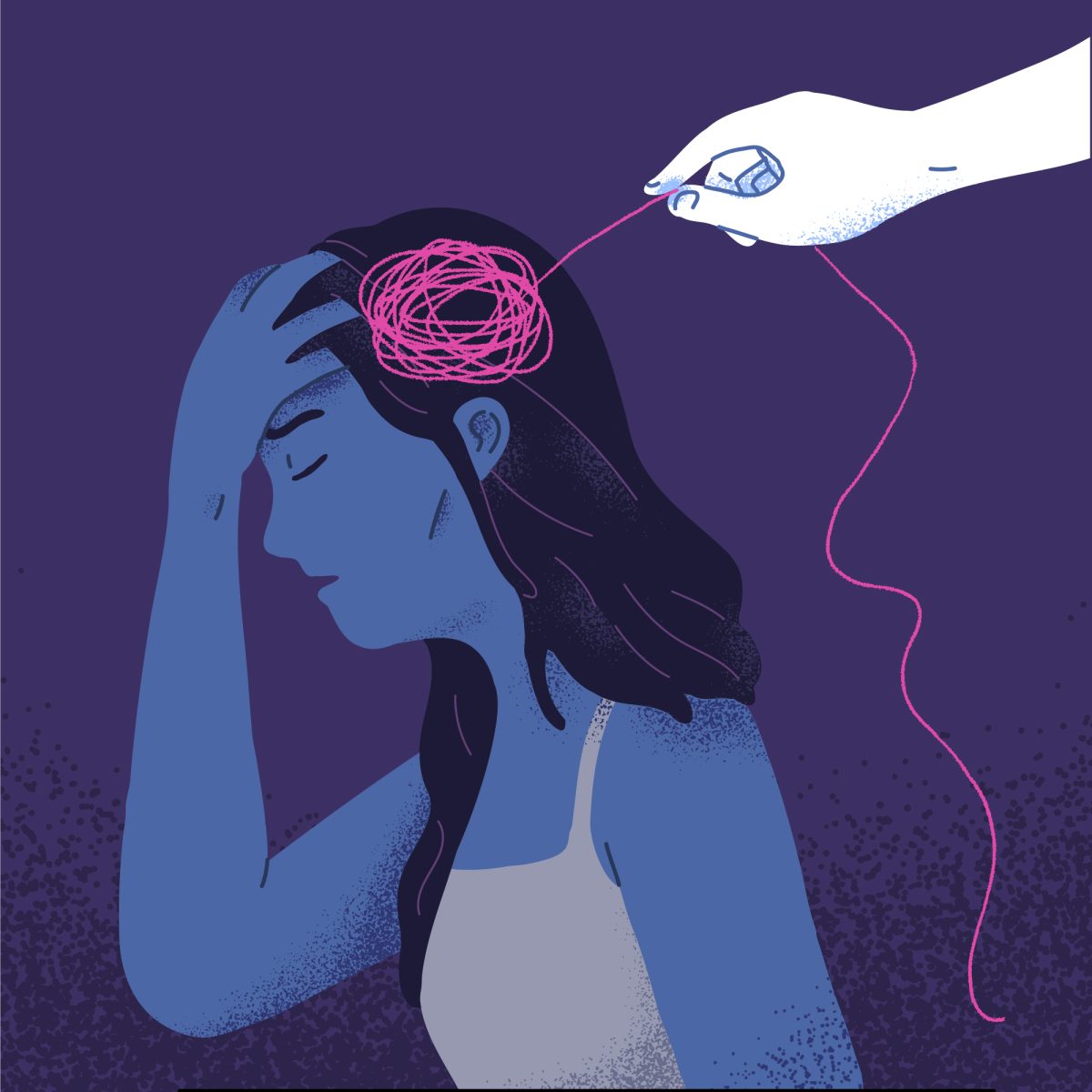As temperatures climb and humidity thickens, the body’s ability to regulate temperature becomes strained. What can begin as a fun morning jog or afternoon bike ride can lead to dangerous events if proper precautions aren’t taken.
Exercising in extreme heat puts stress on your heart and muscles. Heat-related illnesses range in severity from mild dehydration and heat cramps to heat exhaustion and heatstroke. If you’re determined to keep up your fitness routine despite the hot temperatures, heart.org provides excellent tips to keep cool and safe.
- Timing is key: Try to avoid exercising outside in the early afternoon. It’s usually hottest between noon and 3 p.m.
- Hydrate: Drink water before, during and after physical activity, even if you don’t feel thirsty. Bring a bottle of water with you, or plan water stops along your route.
- Dress for success: Wear lightweight, light-colored, loose-fitting clothes. Moisture-wicking fabric also can be a big help. Protect yourself from the sun with sunglasses, a hat or visor and plenty of sweat-resistant sunscreen.
- Listen to your body: Take frequent breaks in the shade, and drink water before you’re thirsty. Allow yourself time to adapt to the heat. Some experts say that this can take about 4-14 days. Keep in mind that you may not be able to work out as long or as hard as usual when it’s very hot.
- Doctor’s orders: Check with your health care professional before starting an exercise routine or moving your workout outdoors if you have cardiovascular disease, diabetes, other chronic disease or any medical concerns. Certain medications, including beta blockers, ace receptor blockers, ace inhibitors, calcium channel blockers and diuretics, can exaggerate the body’s response to heat.
- Buddy up: If you can, work out with a partner for safety, social, interactive and fun.
Applying these tips will ensure that the summer heat will not sideline your fitness goals. Another thing to keep in mind is managing to refuel your body properly. Choosing the right pre- and post-workout snacks can help your body recover better and feel refreshed. Jacksonclinics.com advises opting for foods that are hydrating and easy to digest. “Fresh Fruits like watermelon, oranges, and berries are excellent due to their high water content and refreshing nature.” They also recommend “grilled fish or chicken and light salads with quinoa or couscous” to provide protein.
To truly support your post-workout recovery, be sure to focus on replacing electrolytes along with fluids. Continentalhospital.com reports that the loss of electrolytes from sweating can lead to dehydration, muscle cramps, and fatigue/weakness, which will hinder your physical performance. Luckily, aiming for a sufficient water intake or adding extra electrolytes into your water, like Propel or Liquid IV, will help replenish what was lost from sweat.
Before heading outside, check the temperature- but don’t stop there. Be sure to check the humidity, air quality, and UV index, as these can significantly impact how your body responds to heat. NPR.org states that midday sun can add as much as 20 degrees or more to the actual air temperature. Utilize apps and turn on weather alerts to notify you of heat advisories and help you choose the safest time to be active outdoors. Dr. Garber of NPR also reports that your sweat is able to evaporate in a dry heat, and you are better able to keep your body temperature in that normal, healthy range, emphasizing how different conditions can affect your ability to cool down.
Exercise is important for physical and mental well-being, but during the heat of summer, safety must come first. By taking these tips seriously, you can continue to enjoy an active lifestyle without putting your health at risk.






